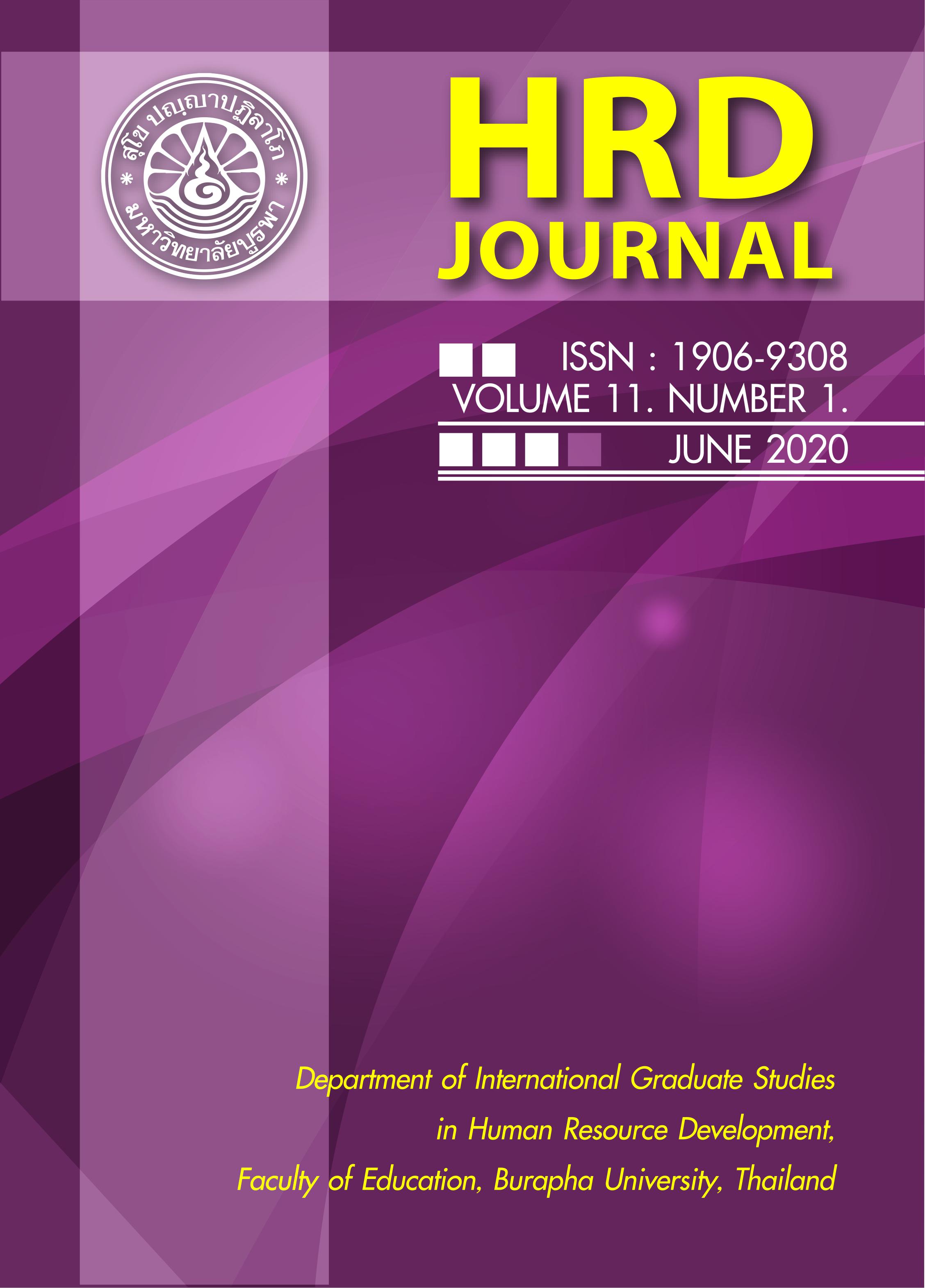A Comparative Study of Student Engagement in English Classrooms Taught by Native and Non-Native English Speaking Teachers, Koh Kong Province, Kingdom of Cambodia
Keywords:
student engagement, native English speaking teachers, non-native English speaking teachers, English classroomAbstract
This study investigated student engagement (behavioral, emotional, and cognitive) in English classrooms taught by Native English Speaking Teachers (NESTs) and Non-native English Speaking Teachers (NNESTs) in Kong Koh Province (the western part of Cambodia) and examined whether students with different years of learning English reported their engagement differently. Mixed-methods research design was used to elicit the data. Two hundred and ten students from Grade 10 and Grade 11 completed the questionnaire. After that, four students from each Grade were interviewed in depth. The quantitative results showed that students reported having more behavioral and emotional engagement in the classes taught by NEST than NNEST. However, for the cognitive engagement, students felt more engaged in the class taught by NNEST than NEST. Additionally, qualitative explained that students felt more engaged in the class taught by NEST because it is the opportunity to use English as well as they can practice pronunciation skills.
References
Alseweed, M. A. (2012). University students’ perceptions of the influence of native and non-native teachers. English Language Teaching, 5(12), 42.
Carini, R. M., Kuh, G. D., & Klein, S. P. (2006). Student engagement and student learning: Testing the linkages. Research in higher education, 47(1), 1-32.
Chlapana, E. (2016). An intervention programme for enhancing kindergarteners' cognitive engagement and comprehension skills through reading informational texts. Literacy, 50(3), 125-132.
Clouet, R. (2006). Native vs. Non-native teachers: a matter to think over. Revista de Filología de la Universidad de La Laguna, 24, 69-76.
Creswell, J. W. (2012). Educational research: planning. Conducting, and Evaluating.
DeBacker, T. K., & Crowson, H. M. (2006). Influences on cognitive engagement: Epistemological beliefs and need for closure. British Journal of Educational Psychology, 76(3), 535-551.
Diaz, N. R. (2015). Students’ preferences regarding native and non-native teachers of English
at a university in the French Brittany. Procedia-Social and Behavioural Sciences, 173,
93-97.
Faul, F., Erdfelder, E., Lang, A. G., & Buchner, A. (2007). G* Power 3: A flexible statistical power analysis program for the social, behavioral, and biomedical sciences. Behavior research methods, 39(2), 175-191.
Fredricks, J. A., Blumenfeld, P. C., & Paris, A. H. (2004). School engagement: Potential of the concept, state of the evidence. Review of educational research, 74(1), 59-109.
Erdfelder, E., Faul, F., & Buchner, A. (1996). GPOWER: A general power analysis program. Behavior research methods, instruments, & computers, 28(1), 1-11.
George, D., & Mallery, P. (2003). SPSS for Windows step by step: A simple guide.
Gonen, S., & Saglam, S. (2012). Teaching culture in the fl classroom: Teachers’ perspectives. International Journal of Global Education, 1(3).
Guardino, C. A., & Fullerton, E. (2010). Changing behaviors by changing the classroom environment. Teaching exceptional children, 42(6), 8-13.
Gurkan, S., & Yuksel, D. (2012). Evaluating the contributions of native and non-native teachers to an English Language Teaching program. Procedia-Social and Behavioral Sciences, 46, 2951-2958.
Holliday, A. (2006). The struggle to teach English as an international language. Oxford, England: Oxford University Press.
Huys, S. E. P. (2017). The Native Speaker Fallacy and Dutch EFL Students-A study into student preference for native or non-native English speaking teachers.
Kyriakides, L., Creemers, B. P., & Antoniou, P. (2009). Teacher behaviour and student outcomes: Suggestions for research on teacher training and professional development. Teaching and teacher education, 25(1), 12-23.
Matos, D. A. S., Leite, W. L., Brown, G. T. L., & Cirino, S. D. (2014). An Analysis of the Factorial Structure of the Teacher Communication Behavior Questionnaire with Brazilian High School Science Students. Psicologia: teoria e pesquisa, 30(2), 223-234.
Pössel, P., Rudasill, K. M., Adelson, J. L., Bjerg, A. C., Wooldridge, D. T., & Black, S. W. (2013). Teaching behavior and well-being in students: Development and concurrent validity of an instrument to measure student-reported teaching behavior. International Journal of Emotional Education, 5(2), 5.
Stake, R. E. (1995). The art of case study research. Sage.
Walkinshaw, I., & Oanh, D. H. (2014). Native and non-native English language teachers: Student perceptions in Vietnam and Japan. Sage Open, 4(2), 2158244014534451.
Wilson, D., Jones, D., Bocell, F., Crawford, J., Kim, M. J., Veilleux, N., & Plett, M. (2015). Belonging and academic engagement among undergraduate STEM students: A multi-institutional study. Research in Higher Education, 56(7), 750-776.
Downloads
Published
How to Cite
Issue
Section
License
Copyright@HRD Journal, Burapha University






